10+ Tips to Keep Well and Active as the Cold Weather Approaches
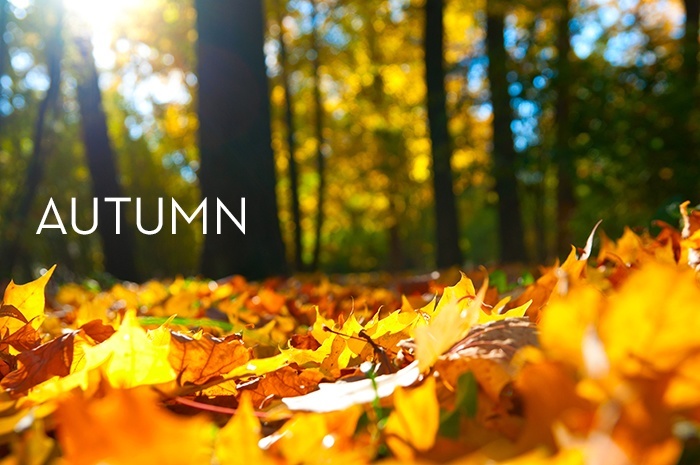
When winter sets in, the days get shorter, the thermometer drops, and our bodies enter into what was, traditionally, a time of dormancy. Before the industrial revolution, we humans would spend the winter months in a state of quiescence – there was very little farming, hunting, or gathering to be done so we’d slow down and conserve our fat stores. These days, our bodies are still programmed to a certain amount of inaction during the colder months but, unlike the past, we now have plenty of fatty and processed foods to snack on during that time.
Tips to avoid unhealthy snacking and remain well and active during winter
1. Avoid Drinking More Coffee
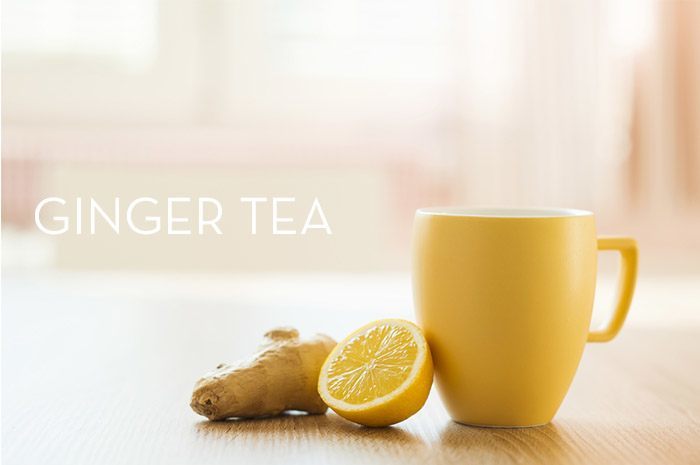
With cooler temperatures comes the desire to drink hot drinks and the most prevalent, especially in the Western world, is coffee. However comforting that cup of Joe is on a cool day, however, one must remember the harmful effects of caffeine. There is a proven relationship between caffeine and weight gain. Continuous consumption of it leads to prolonged levels of cortisol in the bloodstream, which has a negative effect on metabolism, blood sugar levels, and blood pressure. Instead of drinking more coffee, consider other hot drink alternatives such as a detoxifying and energizing morning ginger tea.
2. Avoid More Alcohol
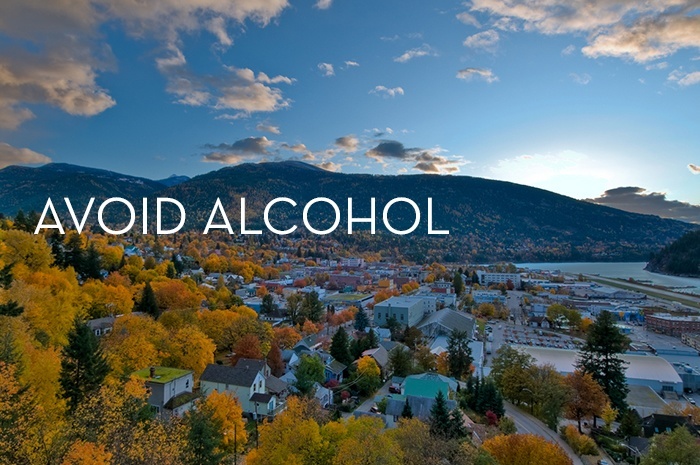
As we enter months where the nights are longer, we as a species are driven to socialize more in the evenings. And in our modern world, that typically means there is more alcohol on offer. We at Mountain Trek are not abolitionists by any stretch but we think it’s important to stress alcohol’s relationship to weight gain. All alcohol has calories (even the ones marketed as being free of carbs) and so by consuming more, you’re adding to your fat stores. In the case of alcohol, this is doubly taxing because it stresses your liver and impairs its ability to flush toxins. Imbibe in the occasional drink but considering capping of the evening with a nightcap of #3.
3. Drink More Water
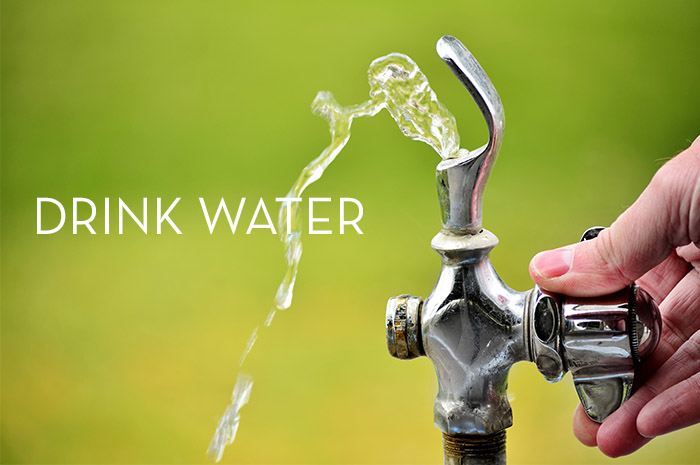
Last year we wrote a post about water versus soda pop and one of the most interesting facts about the lack of water was that it is the number one trigger of daytime fatigue. As we enter the longer, colder months, our bodies tend to want to slow down and lethargy is more prevalent – drinking a few glasses of water easily rectifies that. Plus it helps you flush toxins and curb hunger pangs.
4. Get a Good Nights Sleep
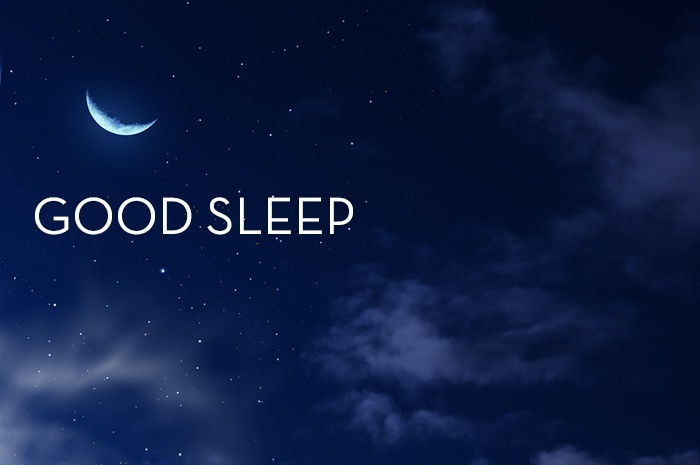
As the nights get longer our bodies respond by desiring a bit more shut-eye. Although our bodies require between seven and nine hours of sleep a night, there are many sleep problems that are preventing some of us from getting that. The good news is there are easy things you can do to ensure a good night’s rest. In this post, we list seven tricks but the most important is to make your bedroom a work-free and gadget-free zone. Leave all electronic devices outside the bedroom and enjoy some shut-eye unhampered by bells, lights, and agendas.
5. Go For a Soak
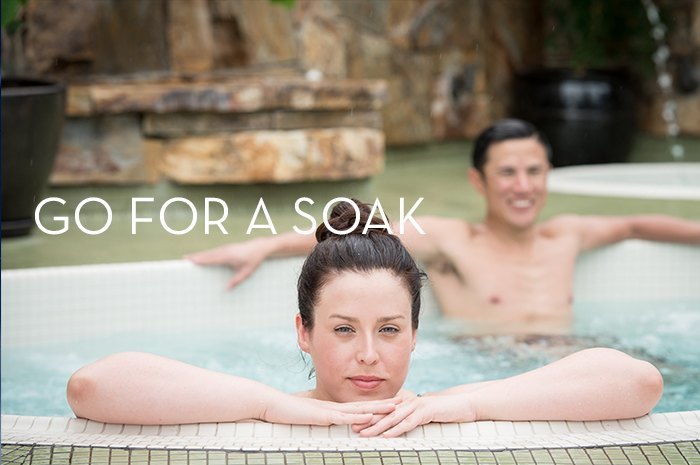
This one is easy, especially as the colder months set in: find yourself a bathtub, hot tub or hot spring and just lie there. That’s it. There are many therapeutic benefits to a good soak but the main one is relaxation; the power of de-stressing is not to be underestimated, especially because balanced hormones lead to balanced health.
6. Get Massaged

As with #5, this one isn’t that difficult either. There are reasons most cultures on earth have offered some form of massage for thousands of years: not only is it relaxing, it’s also good for your health. In fact, an evening massage is one of the best ways to relax after the day’s activities. It will help prepare you for a restful night’s sleep.
7. Enlist the Help of a Friend
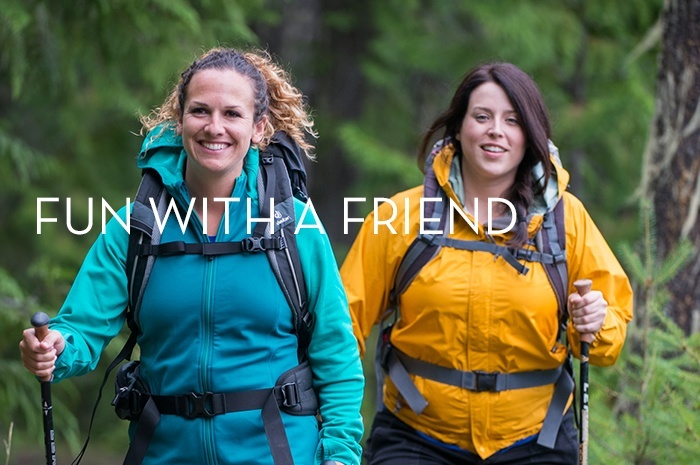
In another blog post we listed seven reasons why you should work out with a friend and these apply that much more in the cooler months when it’s easy for us to justify sitting in front of the TV under a blanket instead of getting up and moving. A friend will help keep you accountable but will also make fitness that much more fun.
8. Exercise – Even Just a Little

It goes without saying that we here at Mountain Trek are big fans of exercise, no matter what time of year it is. We also appreciate, however, that when the cooler weather sets in, it can be harder to get motivated. That’s why we’ve compiled some tips to help beat sedentarism some of which are as easy as doing stretches in your office doorway. Remember, though, that to keep your metabolism up and your weight down, your body has to move for at least 40 minutes a day, even if it’s just a brisk walk around the block.
9. Show Yourself Some Love
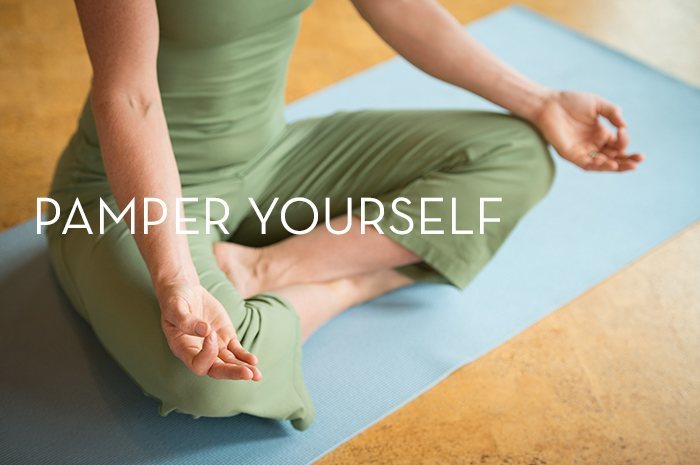
There are many ways to pamper yourself but the best is to do something you enjoy. It seems like such a simple thing and yet many of us work so hard, by the end of the day we only have energy to sit in front of the TV. Take time in the coming months to do something that recharges your batteries: read a good book by the fire, indulge in a hobby or attend a class. You’ll find you’ll be happier and have more energy to face the cooler weather and shorter days.
10. Book a Stay with Mountain Trek
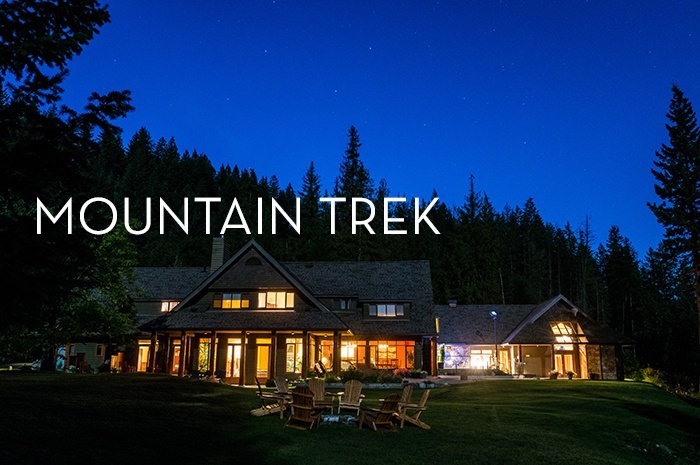
The best way to pamper yourself is to dedicate a vacation to you and your health. Join us in autumn at our gorgeous lodge in British Columbia where you’ll enjoy the pristine mountains and hang out with like-minded friends by the fire, in the natural hot springs, or in our spa.
Related Article: Beating the Winter Blues
Where Do I get my Vitamin D?
When UV rays from sunlight touch the skin, this triggers Vitamin D synthesis. But when sun exposure is at a minimum during the winter months, we can turn to diet to help with our vitamin D intake. Unfortunately, very few foods are high in Vitamin D naturally, and so it is not possible to get all the Vitamin D you need from diet alone. In conjunction with a high-quality multi-vitamin, here are some of the best food sources of Vitamin D:
- Fatty fish: So very nutritious for you for so many reasons, fish such as salmon, mackerel, and sardines, and even seafood such as oysters, contain some of the highest concentrations of Vitamin D in food.
- Eggs: Not only high in protein and so many other nutrients (Vitamin B12), the sunshine yellow of egg yolks do contain a hearty helping of Vitamin D.
- Beef liver: Not everyone’s favorite, but when mom said ‘eat up!’ to those liver and onions, she knew what she was talking about as far as Vitamin D’s concerned.
- Mushrooms: Certain varieties of mushrooms, like white button, can provide Vitamin D among other nutrients (Vitamin B5) when lightly cooked.
Many foods are fortified with Vitamin D for the simple reason that we don’t get enough in our diet, or in general. Almost all milk (and baby formula) in the U.S. and Canada is fortified with Vitamin D as are some orange juices, soy products, and cereals. But please use caution and check labels, as many of these products can contain refined sugars, hydrogenated oils, and other undesirables.
What About Sunny Vacations?

Who doesn’t enjoy a relaxing trip to a more sunny clime during the cooler fall and winter months? It’s important, though, to moderate your solar intake while on vacation. So many of us rush to the beach and neglect proper sun care in the quest for the perfect tan. This is definitely more harmful than not having any sun at all. Instead, stay out of the sun when it’s at its peak or cover up with loose-fitting, SPF-rated clothing, hat, and sunglasses.
What is Mountain Trek?
Mountain Trek is the health reset you’ve been looking for. Our award-winning health retreat, immersed in the lush nature of British Columbia, will help you detox, unplug, recharge, and roll back years of stress and unhealthy habits. To learn more about the retreat, and how we can help you reset your health, please email us at info@mountaintrek.com or reach out below:

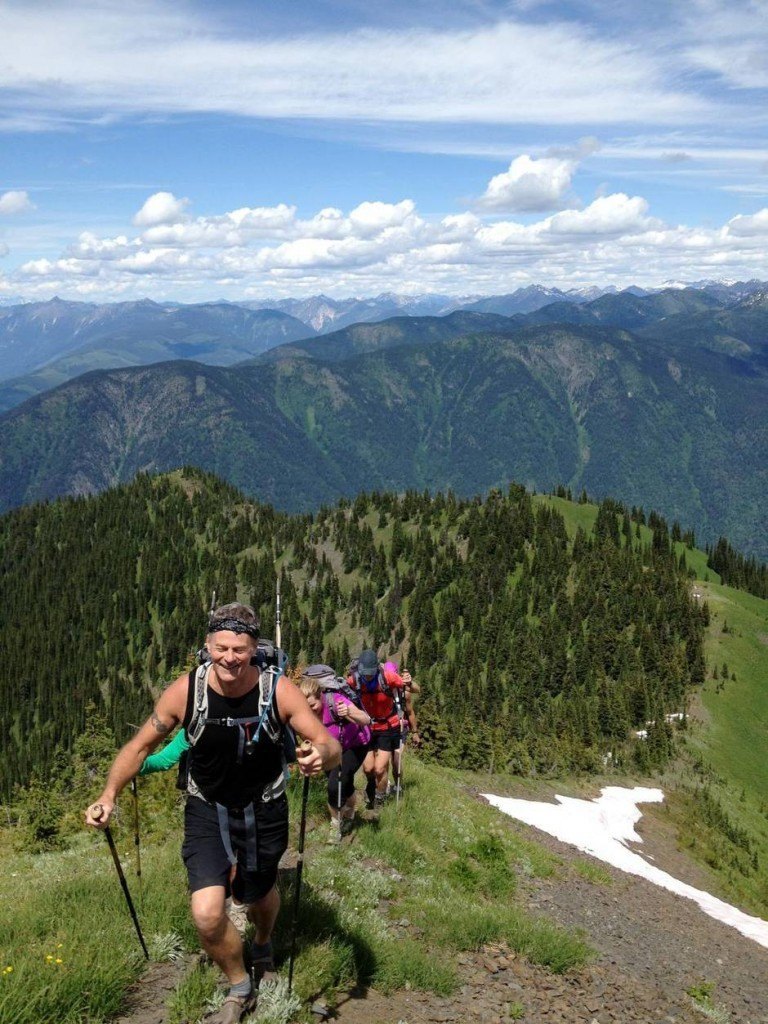
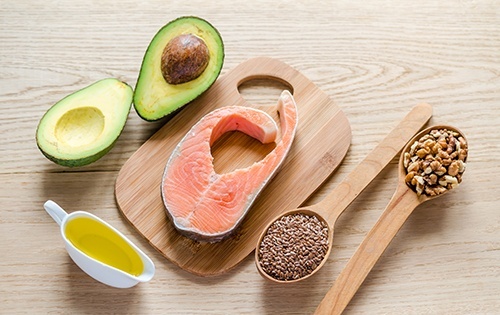
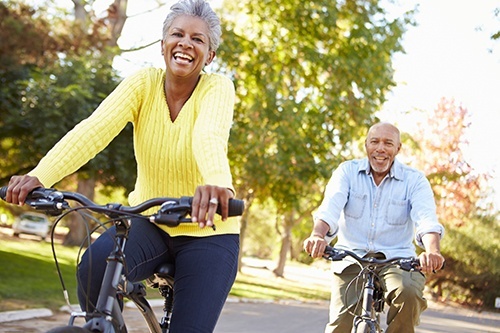 In years past, it was not uncommon to retire after a hard, lifelong career, only to kick up your feet, relax, retire perhaps to a warmer climate, and maybe get in a couple of games of weekly golf. Yet these days, with advancements in modern medicine and a swing towards healthier life habits, not only are we living longer, we’re therefore working longer. And although this ‘retire and relax’ practice is still very much par for the course for some, we are seeing a major shift in the trend for retirees: today, boomers are younger and more active, and later in their professional life are willing and wanting to take careers that matter more to them instead of making them the big bucks or raising them higher up the corporate totem pole.
In years past, it was not uncommon to retire after a hard, lifelong career, only to kick up your feet, relax, retire perhaps to a warmer climate, and maybe get in a couple of games of weekly golf. Yet these days, with advancements in modern medicine and a swing towards healthier life habits, not only are we living longer, we’re therefore working longer. And although this ‘retire and relax’ practice is still very much par for the course for some, we are seeing a major shift in the trend for retirees: today, boomers are younger and more active, and later in their professional life are willing and wanting to take careers that matter more to them instead of making them the big bucks or raising them higher up the corporate totem pole.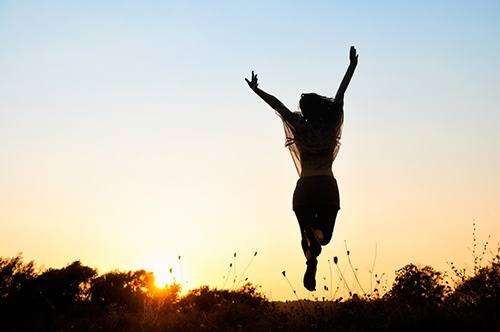
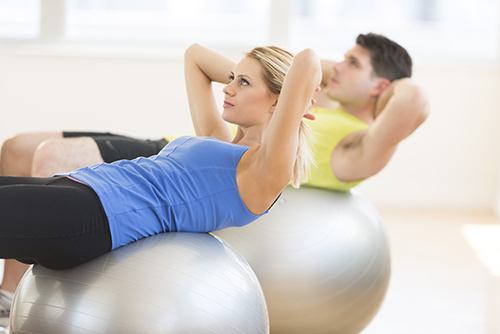
 Writer Leigh Doyle interviewed regular
Writer Leigh Doyle interviewed regular 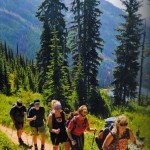
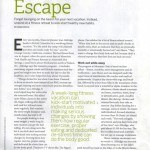
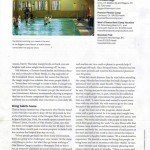
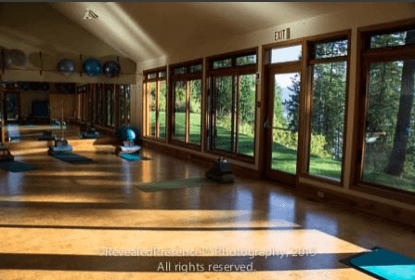 Recently professional photographer and public speaker Carla Kimball visited
Recently professional photographer and public speaker Carla Kimball visited 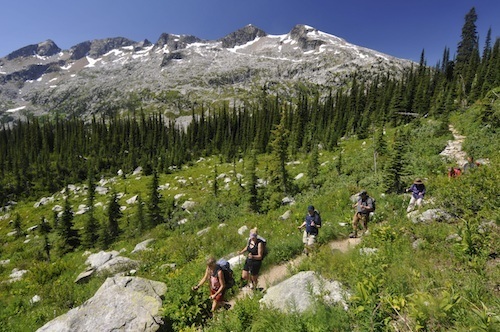 August is the month for recreation, relaxation and retreat. You’ve worked hard all year and now you deserve to take some time for yourself: it’s time to leave behind the stresses and worries of your job, or whatever it is that occupies too much of your time, if even for a little while. Whether you need to do this on your own, or you’re happy to have your spouse, family or friends join you, it’s time to treat yourself to a Mountain Trek experience! And that experience just got stepped up a notch…
August is the month for recreation, relaxation and retreat. You’ve worked hard all year and now you deserve to take some time for yourself: it’s time to leave behind the stresses and worries of your job, or whatever it is that occupies too much of your time, if even for a little while. Whether you need to do this on your own, or you’re happy to have your spouse, family or friends join you, it’s time to treat yourself to a Mountain Trek experience! And that experience just got stepped up a notch…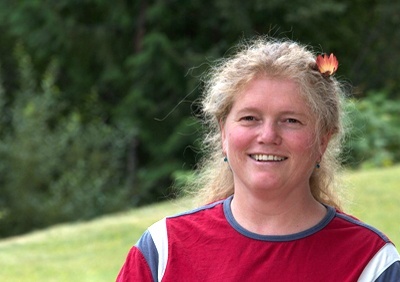 Cooking Re-Mastered with Chef Laurie Hartland
Cooking Re-Mastered with Chef Laurie Hartland